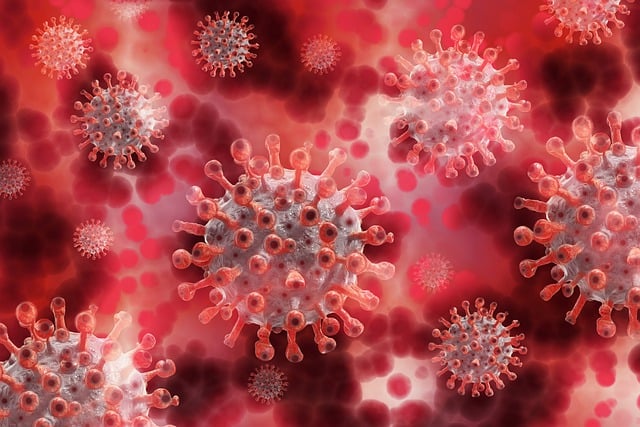People who rely on television and Facebook to provide them with accurate news about the coronavirus pandemic are less knowledgeable about COVID-19, according to a new study, which assessed people’s knowledge about the virus in the early stages of the pandemic.
The study, published today in the peer-reviewed journal Current Medical Research & Opinion , surveyed 5,948 adults in Pennsylvania between March 25 and March 31, 2020, and found that those who rely on social media and television for news They are less likely to know the facts. just about the coronavirus.
In fact, adults who used Facebook as an additional news source in some way were less likely to correctly answer questions about COVID-19 than those who didn’t.
"The rise of social media has changed the way people around the world stay up to date with current events, with studies showing that up to 66% of Americans rely on social media for news," says Dr. Robert P. Lennon, associate professor of family and community medicine at Penn State College of Medicine, one of the paper’s authors.
"This is worrying, as misinformation and misunderstandings about COVID-19 and how it spreads have likely fueled the pandemic, whose death toll now exceeds 2.5 million worldwide."
By early March 2020, the COVID-19 outbreak had become alarming enough that Lennon and other researchers at Penn State University quickly developed a survey to explore public knowledge, perceptions, and preferred sources of information. about COVID-19. Within hours of being told they had received funding, the World Health Organization declared COVID-19 a pandemic and two days later the president declared a National Emergency.
The survey was quickly disseminated to 5,948 adults in Pennsylvania, offering insight into the public’s use of information in the midst of a national emergency. The responses answered questions about where they got their coronavirus news from and which news sources they trusted most. They were then given 15 statements about COVID-19 and asked if they thought the statements were true or false, and how sure they were about their answer.
The questions covered knowledge in several domains (transmission, severity, treatment) and asked questions that were considered easy, moderate, and difficult in each. As media coverage of COVID-19 intensified, developing knowledge questions became increasingly difficult: a nearly impossible question on Monday was so easy by Thursday that it couldn’t be used.
| The results showed that the most trusted news sources were government websites (42.8%), followed by television (27.2%) and health system communications (9.3%). |
There was a clear relationship between where people got their news and their knowledge of the coronavirus.
For example, participants who said their most trusted source of information was government health websites were more likely to answer COVID-19 questions correctly than other groups, while people whose most trusted source was government news television were less likely to answer COVID-19 questions correctly than other groups.
Respondents who selected “Facebook” as their most trusted source or as an additional source of information were less likely to answer the knowledge questions correctly.
The findings highlight the importance of considering where people get their news from when it comes to designing public health interventions. Guidance such as “stay home,” “wash your hands,” “wear a mask,” and “social distance” are only effective if they are understood.
"Effective communication is a critical element of successfully managing a pandemic response, as to contain the spread of the disease, the public must comply with public health recommendations," says Lennon.
"The first step in compliance is understanding those recommendations, so it is vital that health communicators consider how the public gets their information and monitor these places to correct misinformation when it appears."
Conclusions Knowledge of COVID-19 correlates with a trusted news source. To increase public knowledge of COVID-19 in order to maximize information dissemination and compliance with public health recommendations related to COVID-19, those providing health information should consider using the most reliable information sources in the world. public, as well as monitor and correct misinformation. presented by other sources. Independent review of content for accuracy in media may be warranted in public health emergencies to improve knowledge. |
















